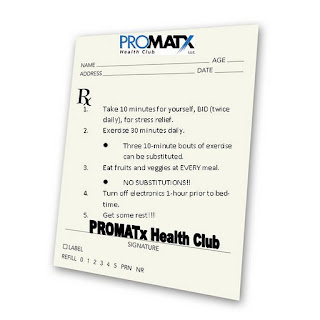As trainers, we hear clients say "I don't like the taste of water". What?? Water is essential to life and as we previously discussed in the blog about water and weight loss, it just may be the key to your weight loss. So why aren't you drinking enough water? Believe us, we have heard every excuse in the book from "I'm not that thirsty" to "I don't like the taste of water". Maybe you just haven't found the right way to drink it!
After briefly polling members and trainers in the gym, many people mentioned different ways they like to drink their water. Some people like their water ice cold, while others prefer it to be room temperature. Some prefer to add a few slices of oranges or lemons to add flavor; a few prefer to drink out of a container with a straw. The key to increasing your daily water consumption is to find the way in which water entices you the most. What works for others may not work for you.
Your mission is to try different cups or containers and different temperatures of water every day for one week. Try an insulated cup one day to keep your water colder longer. The next day add slices of fruit or cucumbers for a different flavor. Then try drinking it out of plastic bottle. Believe it or not, there are a few people who do not like to drink out of a plastic bottle because they feel it changes the taste. Purchase or borrow a resealable glass bottle and try your water that way. This list is endless but the main goal is to try different ways and see which method works for you. For those of you who like to keep record of things, make a daily log that shows not only HOW you drank your water but also HOW MUCH water you consumed. You may see a big difference!
Who ever thought drinking water was so complicated?? It shouldn't be but you'll just have to do a little work to get started. Once you find the method that works for you, start building your water intake a little at a time. Theoretically you should be drinking half of your body weight of ounces of water. For example, if you weigh 150 pounds, you should be drinking approximately 75 ounces of water a day. That's around 4 1/2 small bottles (16.9 ounces) of water. If that seems overwhelming, just start with smaller quantities and build up from there.
Remember, the signs of dehydration are immediate and many times we mistake hunger for signs of thirst. So the next time you feel that hunger pang, try having a glass or two of water. If you no longer are hungry, you most likely were just thirsty.
Need more help getting started? Stop in at PROMATx Health Club and talk with our nutrition specialist. We can point you in the right direction and help keep your body adequately hydrated.
"Water, taken in moderation, cannot hurt anybody." --Mark Twain

























